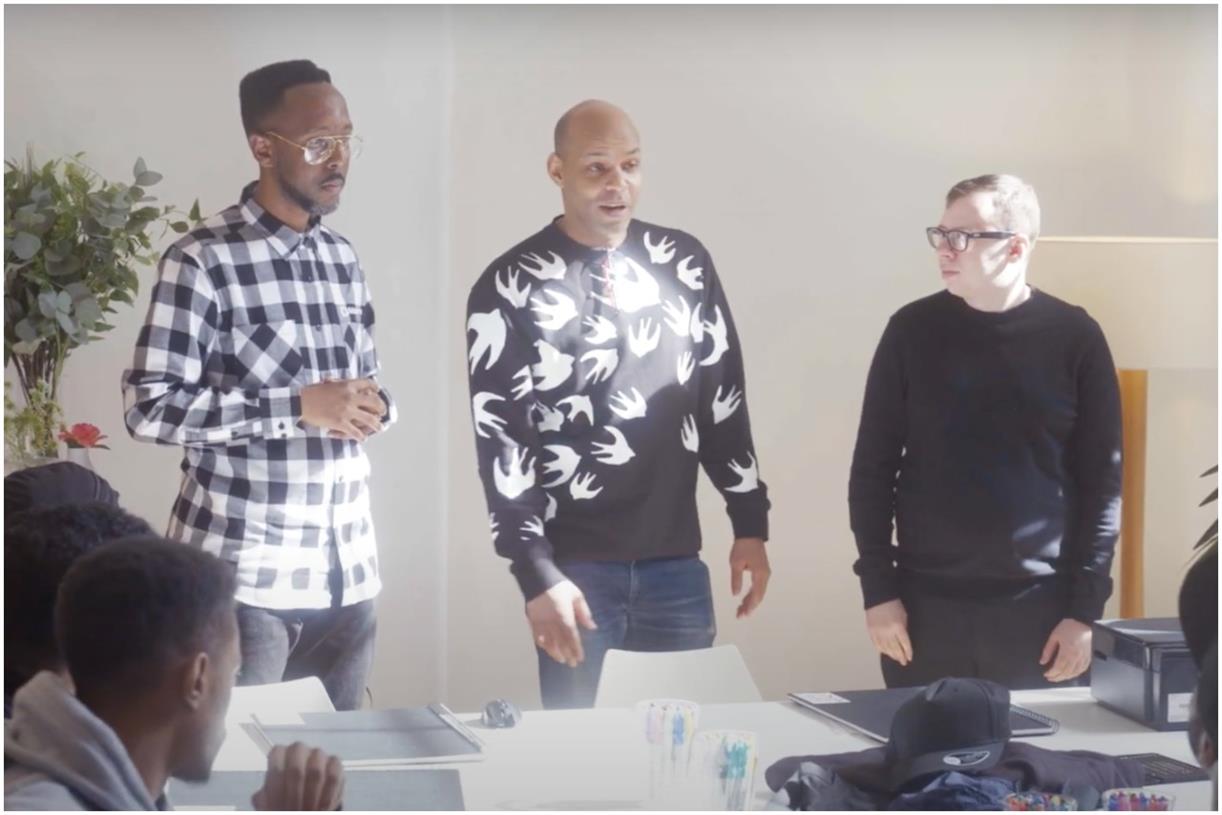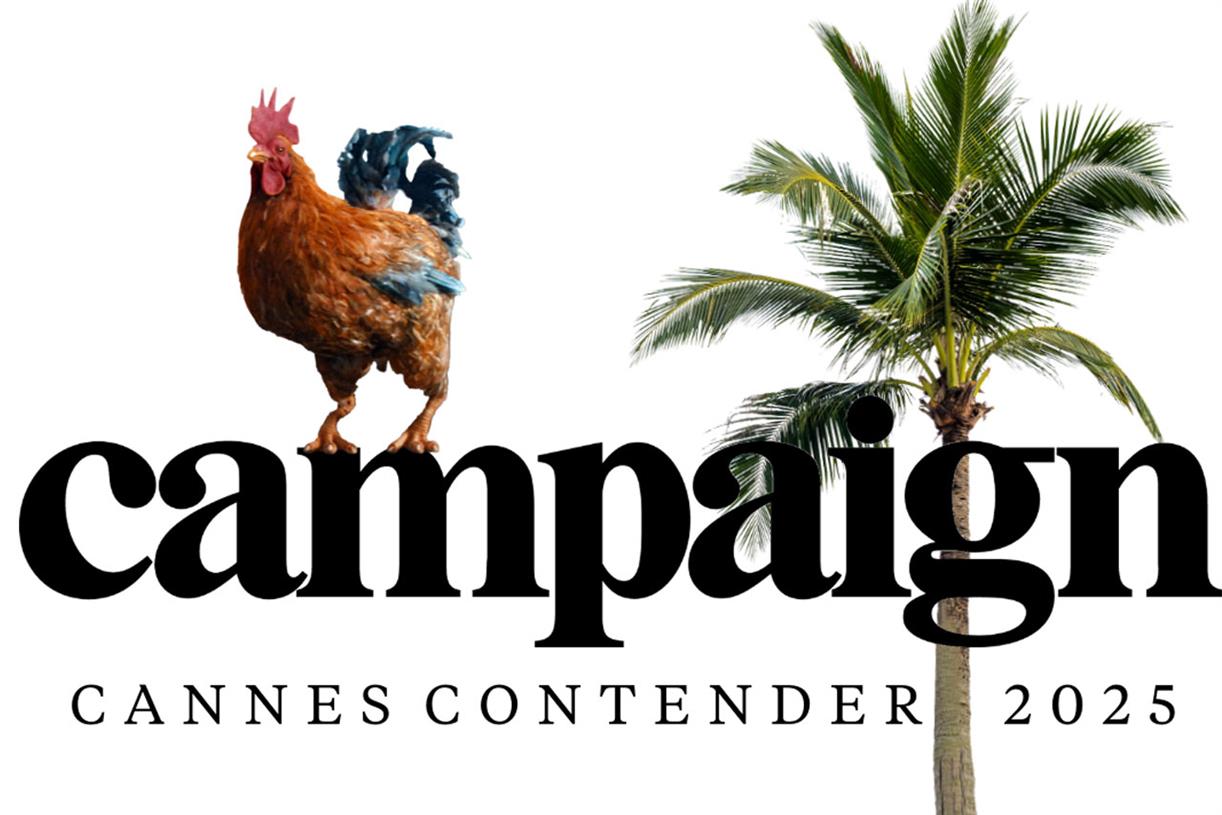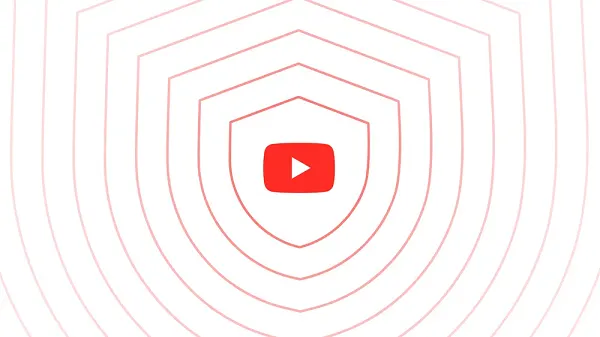12 Video Ideas for Any B2B Business (With Examples) [Infographic]
Learn why video is such an important component of marketing strategies - and watch the examples that prove why B2B brands can’t afford to be camera shy.
![12 Video Ideas for Any B2B Business (With Examples) [Infographic]](https://www.brafton.com/wp-content/uploads/2020/07/12-video-ideas-for-any-B2B-business-hero.jpeg)
Video killed the radio star back in 1979 – and it still hasn’t gone out of fashion. In fact, it’s such an ingrained component of today’s media consumption habits that many of us can unintentionally watch several minutes of video content before we even have our morning dose of caffeine.
That means business-to-business (B2B) brands can’t afford to be camera-shy. Video is one of the most engaging marketing mediums out there, making it increasingly difficult to compete without a solid video marketing strategy.

Let’s talk video:
Video Blogs (Example from Adobe).Product Videos (Example from Slack).Explainer Videos (Example from Adobe).Tutorial Videos.Video Interviews.Influencer Marketing Videos.Event Coverage.Testimonials and Case Studies (Example from HubSpot).User-generated Content.Animation.Time-lapse Videos.Social Videos (Example from GE).Why Video?
The simple answer: People are watching. Collectively, our video viewing times add up to one billion hours of YouTube content every single day. We can confidently bet that a large portion of that extraordinary number is B2B audiences.
Not sold? That’s fair – we’re only getting started. There are more numbers to support how imperative it is for brands to start brainstorming some video marketing ideas:
80% of internet traffic is video content.87% of marketers use video in their strategies.73`% of B2B marketers report positive video ROI.Video marketing performs so well because it’s such an intuitive, engaging and concise way for viewers to consume content. While the written word has its place, video brings it to life. Plus, it works on virtually any platform. You can create a video for your homepage or embed one in a blog post. Share video clips or live video on social media channels – the opportunities are truly endless.

Because B2B buyers conduct extensive research before making decisions, engaging brand videos can accelerate their path to purchase by giving them a simple breakdown of the key selling points (KSPs) and offering welcome entertainment. In addition, video can help brands connect with audiences and stand out from competitors by providing a personal, emotional touch to what is often an otherwise logic-driven business world.
To put it in precise marketing terms, video can mean:
Enhancing brand awareness.Increasing social engagement.Building consumer trust and loyalty.Outranking competitors in organic reach.Reaching and converting prospects.What Kind of Video Are We Talking About?
Once on board with how important video is in today’s marketing world, it’s time to determine what kind of video is right for B2B marketing strategies. The type of video can also lend itself to topic ideas, and vice versa.
B2B companies can utilize various types of videos, including:
1. Video Blogs
Also known as vlogs, these are often presenter-led video series that cover the same kind of editorial content as written posts. Packaged as a video, vlogs enhance your blog with a visual medium.
Take it to the extreme and your vlogging could make your brand the next YouTube sensation. In all seriousness, you can borrow some tips and tricks from the internet’s vlogging stars and beauty gurus, but B2B videos don’t need fame to be successful marketing assets.
2. Product Videos
Let your products guide the topic generation. Designed to highlight a specific product or service, these demo and how-to videos show B2B audiences how they can utilize the brand’s products. This generates brand awareness and allows viewers to visualize product benefits.
When led by an influencer or brand ambassador, product reviews and demos carry even more weight with audiences. Think about unboxing videos, which have viewers glued to the screen awaiting an influencer’s immediate reaction to a new product.
3. Explainer Videos
These videos are all about educating and informing viewers. Brands can choose what to explain to their audiences, whether it be a video that promotes the company, provides answers to questions, discusses products and services or plugs upcoming promotions, webinars and other events.
B2B marketers often use explainers to teach viewers about their product or service, generating brand awareness and improving lead generation.
4. Tutorial Videos
These videos teach viewers how to do something, providing them with useful tips and step-by-step instructions. The tutorial topic is up to you. Just be sure it’s relevant to your audience and there’s a clear connection to your brand product, service or mission.
5. Video Interviews
B2B buyers may not be able to book a meeting with the CEO or hang out with industry experts on a whim, but they can watch videos of what these kinds of people have to say.
Video interviews allow B2B brands to highlight important internal characters as well as feature expert guests or influencers. This incites conversations between brands and their audiences, builds trust and establishes B2B brands as valuable sources of relevant, engaging content.
6. Influencer Marketing Videos
These videos feature industry thought leaders and experts that your viewers will recognize – and be eager to watch. They can be virtually any kind of marketing video – interviews, tutorials or Q&As – as long as the topic is relevant to the guest star.
Influencers, of course, have busy schedules and plenty of inquiries so make your offer appealing by providing great ideas for the collaboration and making it as easy as possible for them to film the content.
7. Event Coverage
Designed to give viewers a glimpse into industry and brand events, these videos can include shots of the location and activities, as well as interviews with attendees and organizers.
8. Testimonials and Case Studies
B2B consumers trust other buyers and their experiences with brands, making it an effective strategy for B2B companies to put their best success stories in an engaging, easy-to-digest video format.
9. User-Generated Content
Video strategies don’t always have to be all content creation – there’s room for some curation in there, too. While this doesn’t make sense for all B2B worlds, some brands (especially those that target a mix of B2B and B2C audiences) can take advantage of active users sharing videos of their products, services and events.
10. Animation
Cartoons and graphics are fair game, too! Animated videos are especially useful for explaining complex ideas and technical products or services in a visual, light-hearted format.
11. Time-Lapse Videos
This kind of video captures lots of photos during a set period of time, compiling them into speedy video footage. B2B brands can use time-lapse videos for covering live events, for example.
12. Social Videos
These can be any kind of the videos listed above, as long as they’re short enough to suit the fast-paced nature of their social destination. The nature of these platforms also allows B2B marketers to test new video ideas and have some fun with the process, such as sharing live video content, event coverage, man-on-the-street consumer polls and creative short films.
Learn by Example
Good news: We’re done with definitions. Now it’s time to show you what we mean. Check out these examples of video marketing content that steal the show:
Ongoing Video Blog: Make It. A Talk Show from Adobe Creative Cloud.
Adobe itself is one of the biggest names in the creative community – but they use this video series to shine a light on other hot creatives on the scene. Presented by Adobe hosts, these weekly installations are insider looks at creative processes, complete with inspiration and advice.
In one video, famed YouTube personality Hannah Hart discusses building a personal brand:
The series even gets a tad political with a highlight on The Young Turks online news show:
The videos provide industry advice from trusted and respected voices in the field, making the content relevant for Adobe’s mixed B2C and B2B audience. They’re not intended to be product plugs but instead support the brand’s mission to inspire creativity. Of course, Creative Cloud helps creatives do just that – making the connection between this video content and Adobe seamless.
While this video series lives on Adobe’s YouTube channel rather than the website blog, it’s the perfect example of the kind of content that enhances editorial strategies with useful information presented in a video format. As such, these videos help Adobe establish the brand as not only a creative product supplier but also a valuable resource.
Why it works: Thousands of views on each video aren’t too shabby when measuring traffic and engagement. Plus, the use of industry influencers and relevant topics enhances reach and builds trust while keeping viewers coming back for more.
Tutorial Videos: How to Create an Animated GIF in Photoshop from Adobe
That’s right: Adobe Creative Cloud is on our list of examples twice. They are, after all, the gurus of graphic design, video editing, web development and photography. Engaging video content is their thing, and they prove as much with their tutorial videos.
This is just one in an ongoing series of how-to videos that teach the target audience how to complete specific tasks using the Adobe Creative Cloud.
Every video follows a similar format: There’s no narration, just step-by-step visual demonstrations with occasional text annotations. It’s video production at its most elemental – all visuals, all the time.
Why it works: Adobe Creative Cloud has a B2B video marketing masterclass here. They’ve created a B2B video series that can serve multiple phases of the sales funnel: existing customers who want to maximize the value of the Creative Cloud, and potential customers who want to see more nuanced examples of the software at work. Feast your eyes, because this is content marketing at its finest.
Product Demo: Slack Collaboration Hub for Work
Slack is all about simplicity – and the brand wants to make life easy for companies who just introduced the platform to their employees. Even better, the brand does this with high-energy, quirky videos that are in line with its overall branding.
These videos can even double as corporate promotional videos, summing up exactly what the Slack platform can do for employee collaboration.
The brand also shares traditional video tutorials, which are step-by-step introductions to the various Slack features.
These are especially helpful for users, as the visual process is much easier to follow than a written description. Current Slack users may even pick up on some tips they didn’t consider before. Plus, it gives companies an inside look at the platform when they’re deciding whether it’s the right communication tool for their employees.
Why it works: These videos are quick, clear, fun and easy to follow, which are the makings for the kind of informative videos viewers find especially useful. Plus, the tutorials come straight from the source, which means everyone trusts them to be accurate demos.
Testimonial: HubSpot Customer Success Stories
These on-location interviews showcase professionals talking passionately about their company and experience with Hubspot. While Hubspot is lowkey patting itself on the back, the glowing recommendations come from the client’s voice rather than directly from the brand.
It feels like we’re sitting down and having a conversation with Michael, which adds a personal touch that resonates with other marketing professionals who are in the process of making a similar decision. There’s room to put creative spins on these kinds of testimonial videos, but Hubspot showcases the tried-and-true storytelling format.
Why it works: If these clients were willing to participate in the video, it’s a clear sign that they were happy with the provided product or service. That makes other viewers (aka potential B2B buyers) more likely to choose Hubspot, trusting that they too will enjoy working with the company.
Social Videos: Everything General Electric
GE’s social media presence is everything we all want ours to be – and its savvy posting isn’t limited to one platform. We’re talking Facebook, LinkedIn, Instagram and even Snapchat. Plus, an engaging mix of live, produced and animated video content.
The brand leverages social media to do everything from displaying how their technology works to sharing stores about how their innovations are making a difference around the world to announcing new projects.
The results are live updates that tell an increasingly compelling brand story. It’s an honest look behind the scenes at GE, which goes way beyond making kitchen appliances.
Why it works: Technology is complex – but it’s also insanely awesome when you consider how it works and what it can achieve. GE makes this dense world accessible to viewers but still appealing to engineers and potential business partners. Hats off to GE for mastering that delicate balance.
Create Your Own Red-carpet Worthy Video Content
Ready to hit record? No worries if you’re still a tad hesitant. Start with what you already know so well, creating corporate promotional videos and product demos that show off your brand through video. You can get more creative with your video marketing strategy going forward.
Keep these golden nuggets in mind as you brainstorm video ideas:
Consider length – attention spans are getting increasingly shorter!Keep it professional with branded elements for boosts in recognition.Avoid silences at all costs – narration or background music can save viewers from boredom.Enhance organic reach by optimizing videos with keyword-rich captions and descriptions.In the meantime, we’ll roll out the red carpet for your brilliant videos.
Editor’s Note: Updated January 2023.

 UsenB
UsenB 













_1.jpg)

















